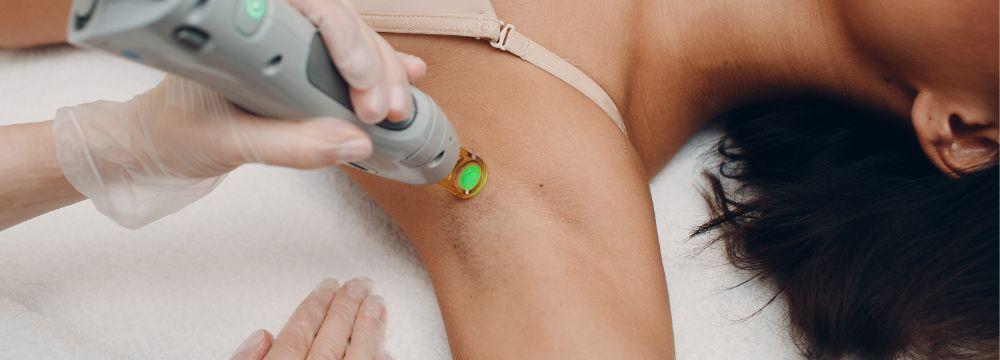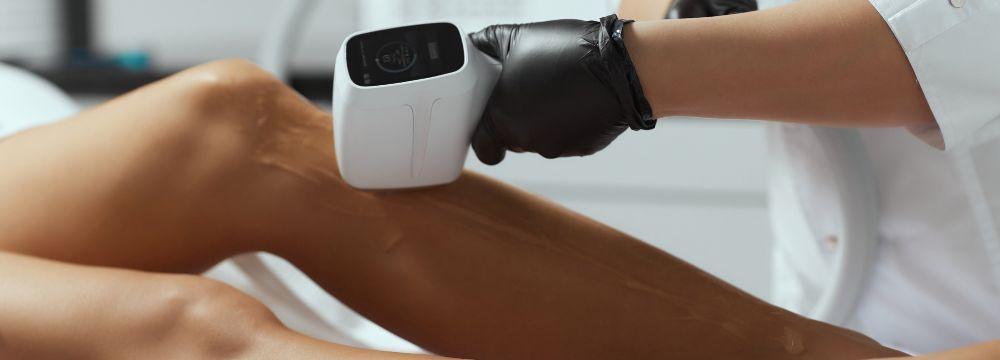Maximizing Your IPL or Laser Results
If you are considering getting a skin rejuvenation treatment such as laser or IPL, there are a few essential things to consider before your appointment. Skin rejuvenation is extremely popular because people get great results and can look their best into their 50s, 60s, and even 70s. Laser therapy can be costly, and although most patients report being happy with the results, it’s worth taking some time to consider how to maximize treatments so that you get the best outcomes possible!
Let’s take a deep dive into all the critical factors that can help you decide what, where, when, and how to get all the desired benefits from your laser or IPL treatments.
Choosing the Best Treatment for Personalized Care
The best treatment is the one that is suited to your skin concerns. While some lasers can treat a wide range of skin issues, they require fine-tuning settings to maximize the benefit. Although IPL and lasers use very different technology, some of their benefits overlap. Deciding which is best for you can be daunting, especially with so much sometimes-conflicting information online. Of course, doing some research can be helpful. However, it’s still a good idea to consult your cosmetic dermatologist before deciding which treatment is best. Our doctors know how the devices work for different skin types and can give you the pros and cons of thousands of procedures performed. The best treatment for a lighter skin type might prove disastrous for a darker-skinned patient. So, before you get your heart set on one treatment, schedule a consult so your dermatologist can check your skin and areas of concern and make personalized recommendations.
Take Care When Timing Treatments
Some laser treatments have little to no “downtime,” but others can leave you hiding indoors for weeks while your skin heals. It all depends on how aggressive the therapy is and what kind of laser is used. Typical side effects from laser and IPL treatments are redness, swelling, peeling, and acne.
Downtime can mean different things for different people. Going to work or social events when you are a little red or swollen is not a big deal for some people. For others, the recovery can be more problematic. If you don’t want your healing skin to be seen in the office or public, consider taking leave, planning a vacation, or waiting until you have sufficient time off for your skin to heal completely.
Another critical factor besides considering downtime is upcoming events or significant life changes. If you want to look your best for your upcoming wedding or vacation, ensure you fully understand how long it will take before you see the results of your treatment. If you are starting a new job or need to look your best for photos or a video, consider not only the downtime that comes with a given treatment but also how long it takes until the full results are visible. If you are considering a laser that requires multiple treatments to experience the maximum benefit, take care when planning the timing of the procedures if you have a particular event date in the future.
We all have our own needs for looking our best- some people might care less about how they look at work but want to look their best for an upcoming vacation, whereas others would not mind their skin healing while on vacation but can’t go back to the office until they are 100%.
Maximizing Treatments With Primary Care
Laser and IPL treatments can vary widely in how aggressive they are and how much downtime is required, but there are some general recommendations regarding how to care for the skin following treatments. Caring for the skin after laser treatments is about maximizing the benefits of the intervention and safety while avoiding adverse events. The two most critical aspects of post-treatment care are healing and UV protection.
Healing is why lasers are so compelling, so allowing the body to do it right is essential! To experience the full effects of laser treatments, the body’s natural healing methods do all the heavy lifting. As the cells regenerate, new collagen and elastin are formed in response to the injury, which can improve texture, color, and elasticity. All the invisible processes occurring as your skin heals contribute to the result you will eventually see. This is why providing the skin with an optimal environment for healing is so critical. This means that the skin needs to stay hydrated and protected during healing. Follow post-procedure instructions closely. Make sure not to touch or pick at skin or swim before fully healing so that an infection does not develop. This can not only derail your healing process, but it can also cause scarring and other serious issues.
UV protection is an absolute must for any laser intervention. You will likely hear this advice from your dermatologist, but it cannot be stressed enough. This is because even a few minutes of sun exposure can trigger a cascade of chemical responses within the skin cells. Skin cells protectively respond to UV light, which is why we tan (or burn) after exposure. But the cellular reactions have already begun before you can see any color change. It is not fully understood why inflammation and UV have such profound impacts on healing and pigmentation, but it is safe to say that you should avoid sun exposure while the skin is healing. The main risk is that you will develop stubborn hyperpigmentation if you expose healing skin to UV light. Physical barriers and sunscreen should be used to protect your skin during this vulnerable time. Wear a hat or use an umbrella, even when going out to get the mail, and wear sunscreen when driving or whenever you leave the house. If possible, stay indoors until the skin is no longer inflamed. Even if it is cloudy outside, you still need adequate protection. It is a good idea to avoid ALL activities where you will get exposed to the sun, such as going to the beach or any outdoor sporting events while your skin is healing.
Ask Questions About Medication Interactions With Laser Treatments
Some medications cause the skin to be photosensitive. This can compound sun sensitivity and increase the risk of adverse outcomes. Several classes of drugs can disrupt the healing process and cause you to be especially sensitive. Some antibiotics and cancer medications are contraindicated, as are some antihistamines, antidepressants, and anti-parasitic drugs. Talk to your doctor to determine if you can discontinue any risky medications before your treatments, and if not, find out the potential risks before any procedures.
For the latest IPL and laser technology, we encourage you to schedule a consultation at one of our convenient dermatological offices around Atlanta.




